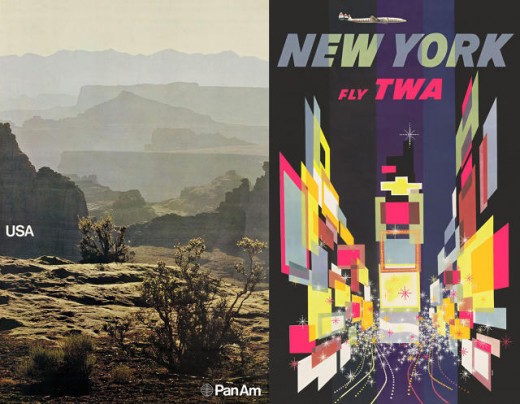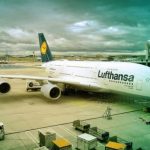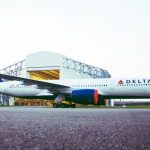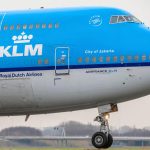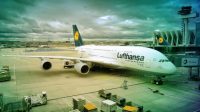The Vivid And Daring visible Identities Of airlines right through the Jet Age
We talk to Matthias C. Hühne about his new guide Airline visible id: 1945-1975 and why airline branding was once so a lot better than it’s nowadays.
September four, 2015
When Continental announced its surprising merger with United airways back in 2010, they unveiled the very vanilla visible identity which is still in use these days. The uninspired new logo—which merely stuck the United airways title onto Continental’s blue “whiffle ball” brand—replaced the iconic “tulip” brand designed by way of legend Saul Bass in 1973. It additionally joined the ranks of numerous other airline identities which can be enjoying it protected with capable but bland visual identities—highly equivalent because of this.
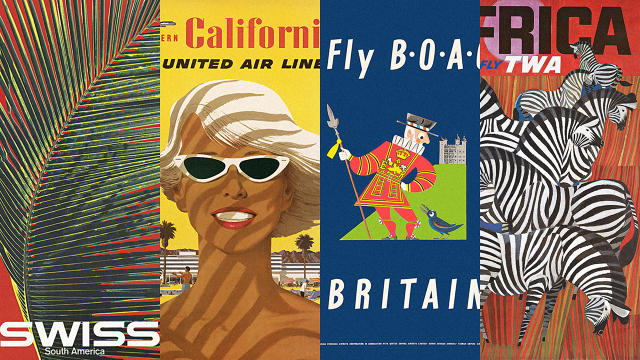
In his new e-book, Airline visual id: 1845-1975, Matthais C. Hühne seems to be again at a length when airways were extra playful and adventurous with their branding. an incredible, four hundred-page collection of the ads, trademarks and liveries, the e book is a heartbreaking visible reminder that airline go back and forth was actually enjoyable and exciting, and the branding behind it used to be, too.
Hühne has been gathering airline posters on account that six years ago, when he came throughout an original Air France poster from the 1950s in a gallery in Paris. “I used to be just so impressed by the originals that had been created with such attention to element, partially due to the tactic of printing they used,” he says. He narrowed the focal point for the guide all the way down to the years between 1945 and 1975, a crucial duration for both airline trip and for graphic design.
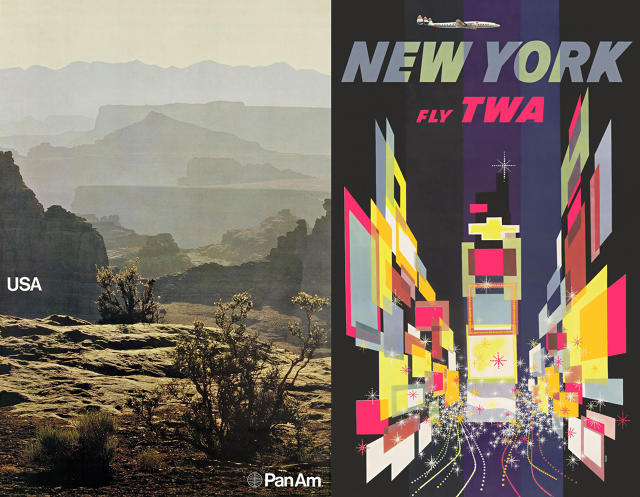
The airline industry, then regarded as one of the most modern, exciting industries, tapped big names like Bass, who also designed the original Continental logo, and Massimo Vignelli, who designed the American airways emblem. the point of interest of the ads have been on destinations rather than airline accommodations, as shown by way of the iconic Pan Am posters designed by using Chermayeff & Geismar & Haviv and David Klein’s colourful and full of life TWA posters.
When asked why airline visible identities nowadays don’t live up to their pasts, Hühne points to the deregulation of the airline industry within the 1970s. Now that airlines are allowed to compete over price, their advertisements are largely about their affordability, or the prevalence of their amenities, than the act of jet atmosphere off to unique locales. “prior to deregulation, airways needed to apply for rate adjustments. They had to do rather more promotion, all in favour of things instead of worth,” he says. “as an instance, the destinations within the promoting look much more exciting. and so they had to focus on the fantastic thing about the plane.”
thankfully for us, Hühne’s e-book captures the optimism and pleasure of the golden age of air shuttle that used to be embodied of their business art work. For a selection of pictures from the e book, click on during the gallery above. to buy your personal replica, go right here.
[All pictures: courtesy Callisto Publishers]
(106)

